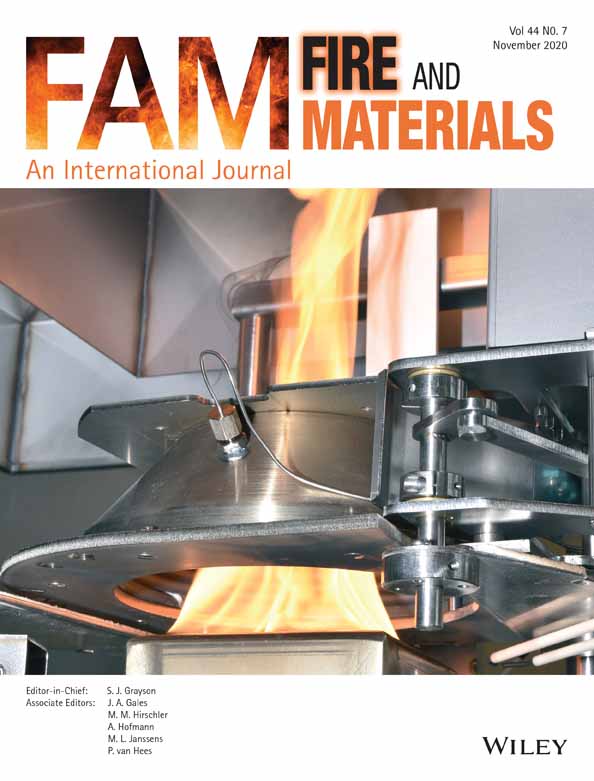Postfire mechanical properties of Galfan-coated steel cables
Summary
Galfan-coated steel cables are widely used in prestressed structures due to their excellent mechanical properties and corrosion resistance. Their postfire mechanical properties are important to evaluate the residual load-bearing capability of the structures after fire. However, the research on the postfire mechanical properties of Galfan-coated steel cables is stillscarce, especially the cable in stress state. Hence, a research based on experimental study was carried out to investigate the deterioration of mechanical properties of Galfan-coated steel cables in stress state after experiencing elevated temperatures in this paper. Eighteen tensile tests were conducted on specimens exposed to elevated temperatures varying from 100°C to 500°C and then cooled down to ambient temperature in air. Both twisting characteristic and constant stress level of Galfan-coated steel cables were considered in this study. The residual nominal yield strength, ultimate strength, elastic modulus, fracture strain, and stress-strain curves of Galfan-coated steel cables after experiencing elevated temperatures were obtained and compared with the existing researches. The results show that the postfire mechanical properties are obviously decreased when the fire temperature exceeds 300°C. Equations for the residual nominal yield strength, elastic modulus, ultimate strength, and fracture strain of the Galfan-coated steel cables were proposed. Furthermore, a modified two-stage Ramberg-Osgood model for Galfan-coated steel cables after experiencing elevated temperatures was established, which can provide reference for the safety assessment and repairment of prestressed structures after fire.




